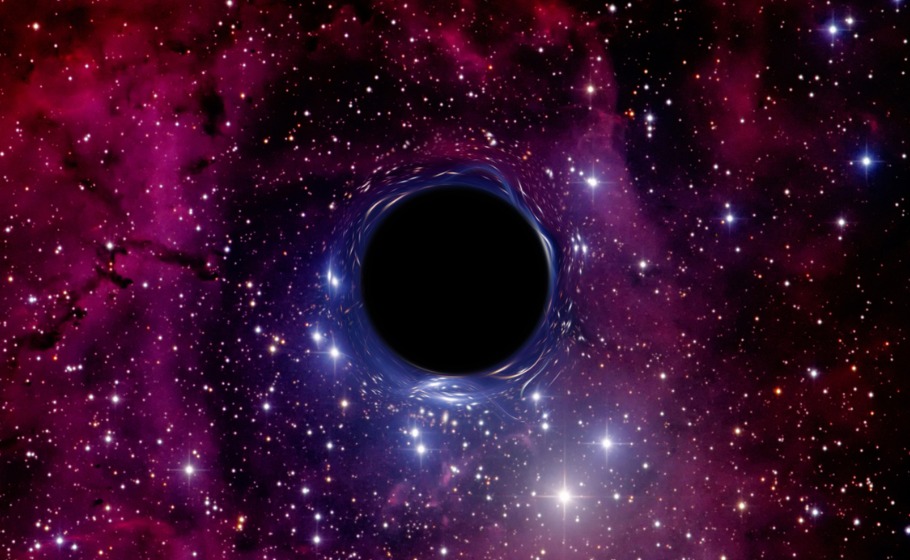
Another Fast Radio Burst comes to light; this time with a difference

A recent study has brought to light repeating fast radio burst (FRB) with a persistent radio source. However, this is different from the first such FRB discovered and localised in 2012.
As per a report published in Nature, the newly discovered FRB 20190520B is located with a compact, persistent radio source and is associated with a dwarf host galaxy of high-specific star formation, which is roughly 3 billion light years away from Earth. Close observation has shown that the FRB is of weaker but persistent radio waves.
The two FRBs might, however, differ in their sources and causes.
FRBs have been defined as intense, brief flashes of radio frequencies that last for not more than milliseconds. As per Tech Explorist, such radiations often result from more than one reason. Sometimes, a super-dense neutron star is left over after a giant star explodes as a supernova, or even neutron stars (called magnetar) that have ultra-magnetic fields can lead to the emission of these frequencies.
The FRB 190520B was discovered in 2019 using the 500-m Aperture Spherical radio Telescope (FAST) in China and was later localised using Karl G Jansky Very Large Array (VLA) and other telescopes. Due to its co-location with a radio source, the FRB has a close resemblance to FRB 20121102A. This too was spotted and localised in 2012. Apart from the two, all other FRBs detected since 2007 have been non-repetitive.
Also Read: New study gives fresh insights into evolution of galaxies
Casey Law of Caltech, an astronomer and also the co-author of the study said, “Now we have two like these, and that brings up some important questions.”
As per experts, the newly found FRB is fairly new and is surrounded by dense cosmic material which may be a result of a supernova explosion. Also, as per Nature, 75 bursts were detected between the period April 2020 and September 2020. The images of the host galaxy were captured using the Canada-France –Hawaiian telescope.
The persistent nature of these FRBs and their localised sources can work as a tool in exploring intergalactic spaces.
(With Agency inputs)


